1966
1967
1968
1973
1974
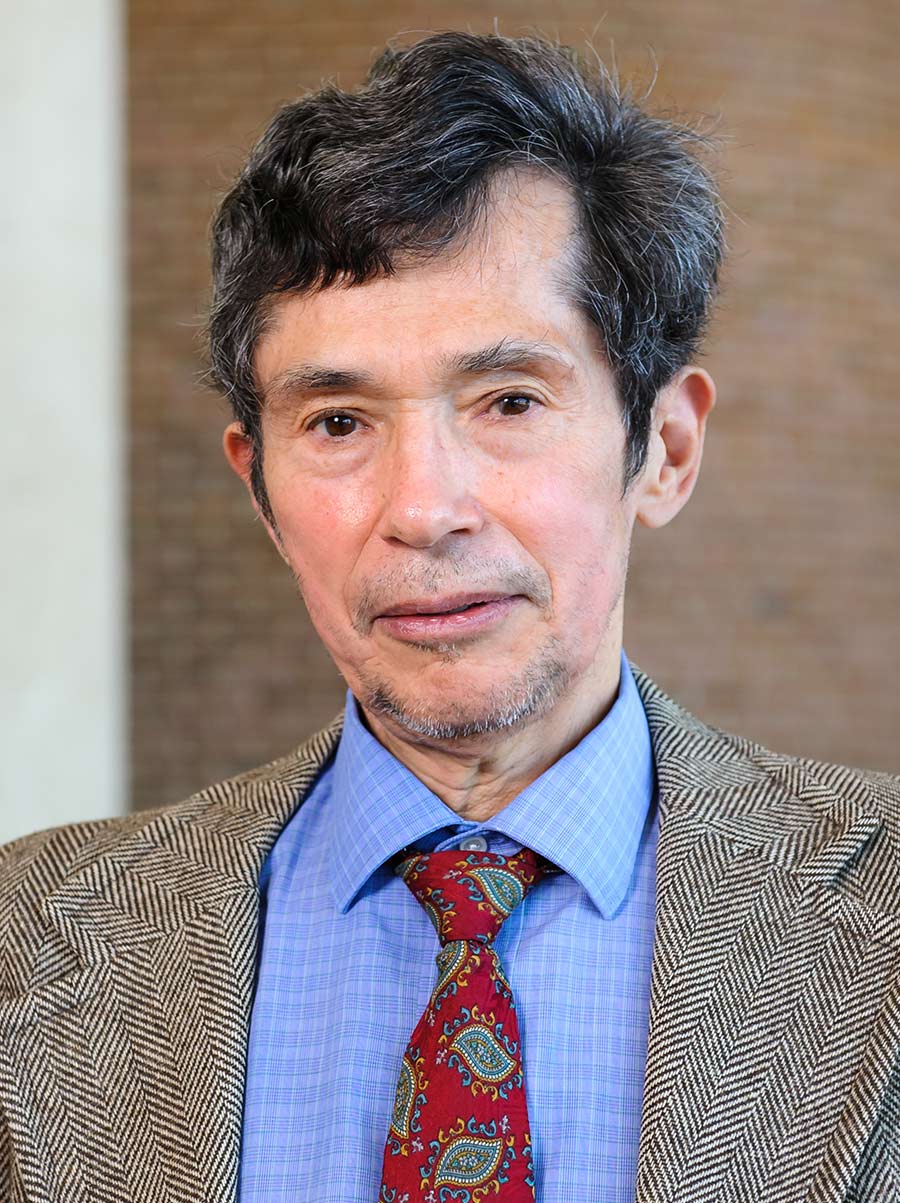
1975
1982
1985
1988
1992
1994
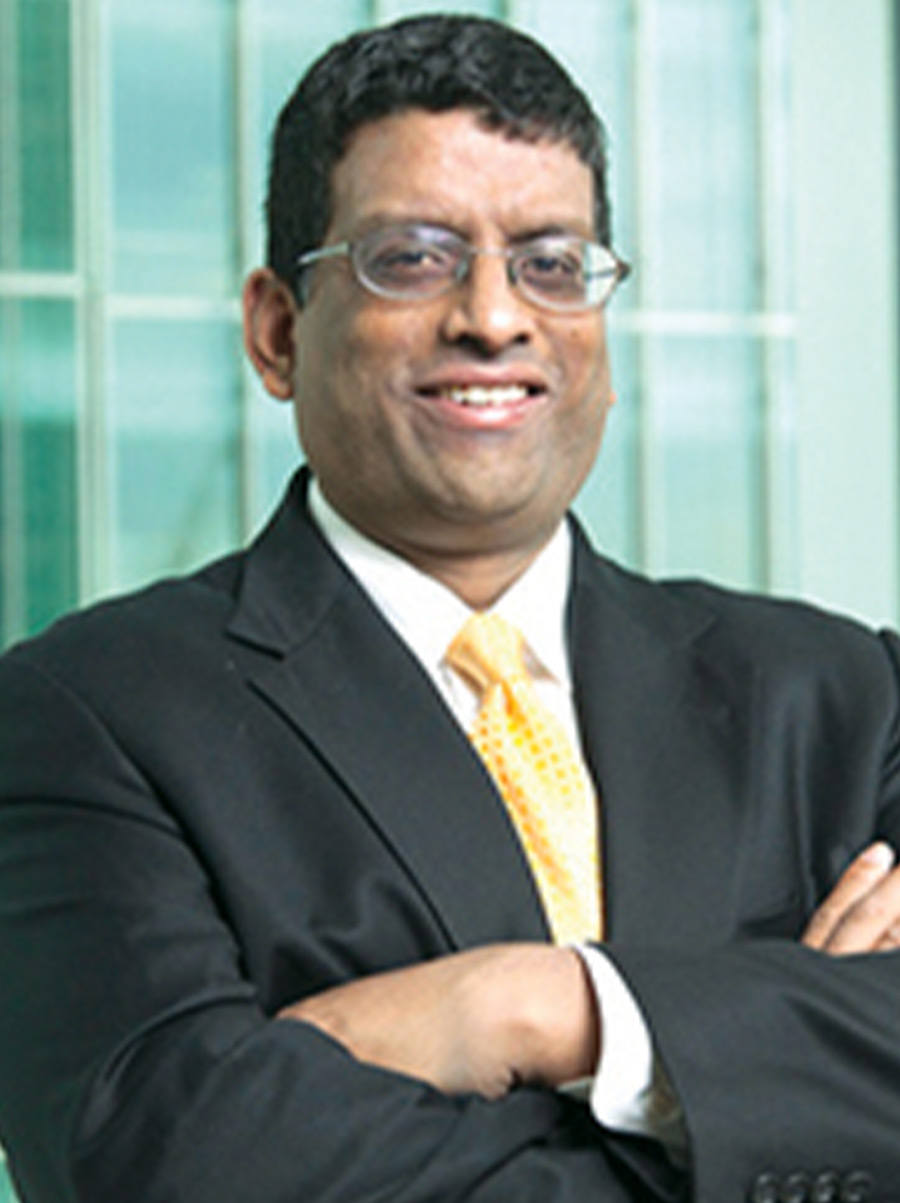
1995
1996
1998
2000
2001
2003
2006
2008
2009
2012
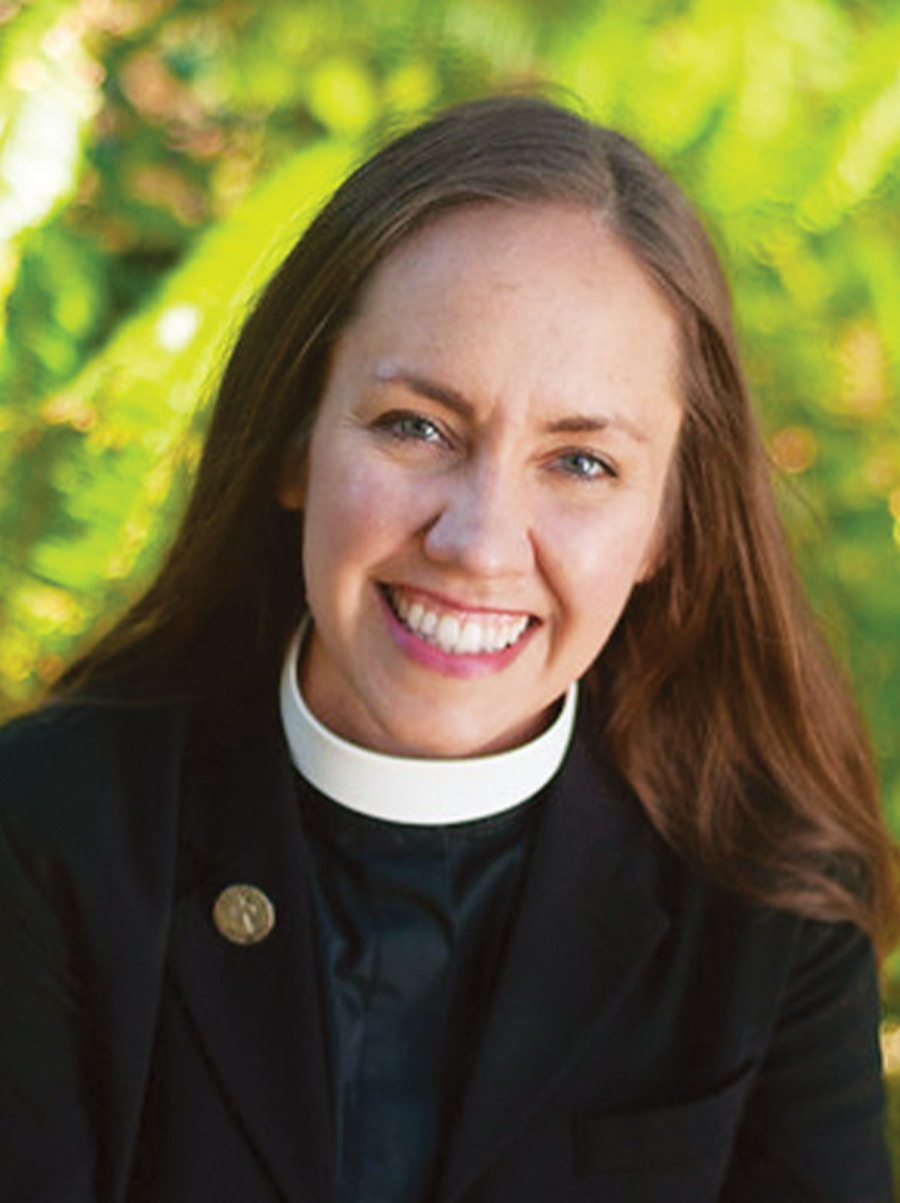
2014
2017
2018
2021
Riding the Mediation Wave
Even while immersed in America’s adversarial legal system, Jerry Kurland always maintained a knack for diplomacy.
From UCLA student body president to in-house counsel at a large real estate development firm, Kurland’s pull to unite people and help them resolve problems never wavered. So when the Los Angeles County Bar Association distributed materials for mediation training, it felt like a sign.
Kurland dove into the training courses, volunteered extensively in court settlement officer and mediation programs, served as a judicial arbitrator and judge pro tem, and joined the American Arbitration Association’s panel of mediators and arbitrators.
“I came into law school wanting objective, concrete answers to problems — much like sol-ving a mathematical equation,” he says. “I had to shift the way my mind works and realize that there may not be only one ‘right’ answer.”
Having built a thriving alternative and dispute resolution practice, in 1995 Kurland joined JAMS (formerly Judicial Arbitration and Mediation Services), then comprised of retired judges — becoming one of its first attorney-mediators.
Focusing on the legal expertise that fueled his ascent as a neutral dispute resolver — construction, real estate, and commercial law — he quickly found his footing.
In October he finished one of his most challenging cases, resolving claims relating to the sinking Millennium Tower in San Francisco. The litigation involved four adjacent properties, a homeowners association, hundreds of individual plaintiffs, many defendants and insurance carriers, and over 100 lawyers.
“I worked on it for over two years, including early-morning, late-evening, and weekend collaborations,” Kurland says. “One reason I never lose my drive as a mediator is because the process of settling a case like Millennium involves continual thinking and creativity, as if you were piecing together a difficult puzzle.”
Consistently named one of California’s top “neutrals” by the Daily Journal, Kurland sees two factors propelling mediation’s growing popularity.
“First, litigation costs are often prohibitive, frequently exceeding the settlement value of a case,” he says. “Second, a trial or arbitration is unpredictable — no matter how good people think their case may be.”
As for the keys to mediation success, Kurland touts the 3 Ps: Preparation, patience, and perseverance.
“Hit the ground running to start a mediation so you don’t have to ask questions that can be answered with advance preparation,” he says. “Remain neutral and be flexible in letting each negotiation take its course in a way that’s comfortable for the parties. And if a matter isn’t settling, never give up. I follow up with the parties by phone, Zoom, or subsequent mediation sessions to explore every possible way to resolve the case.” —Andrew Cohen
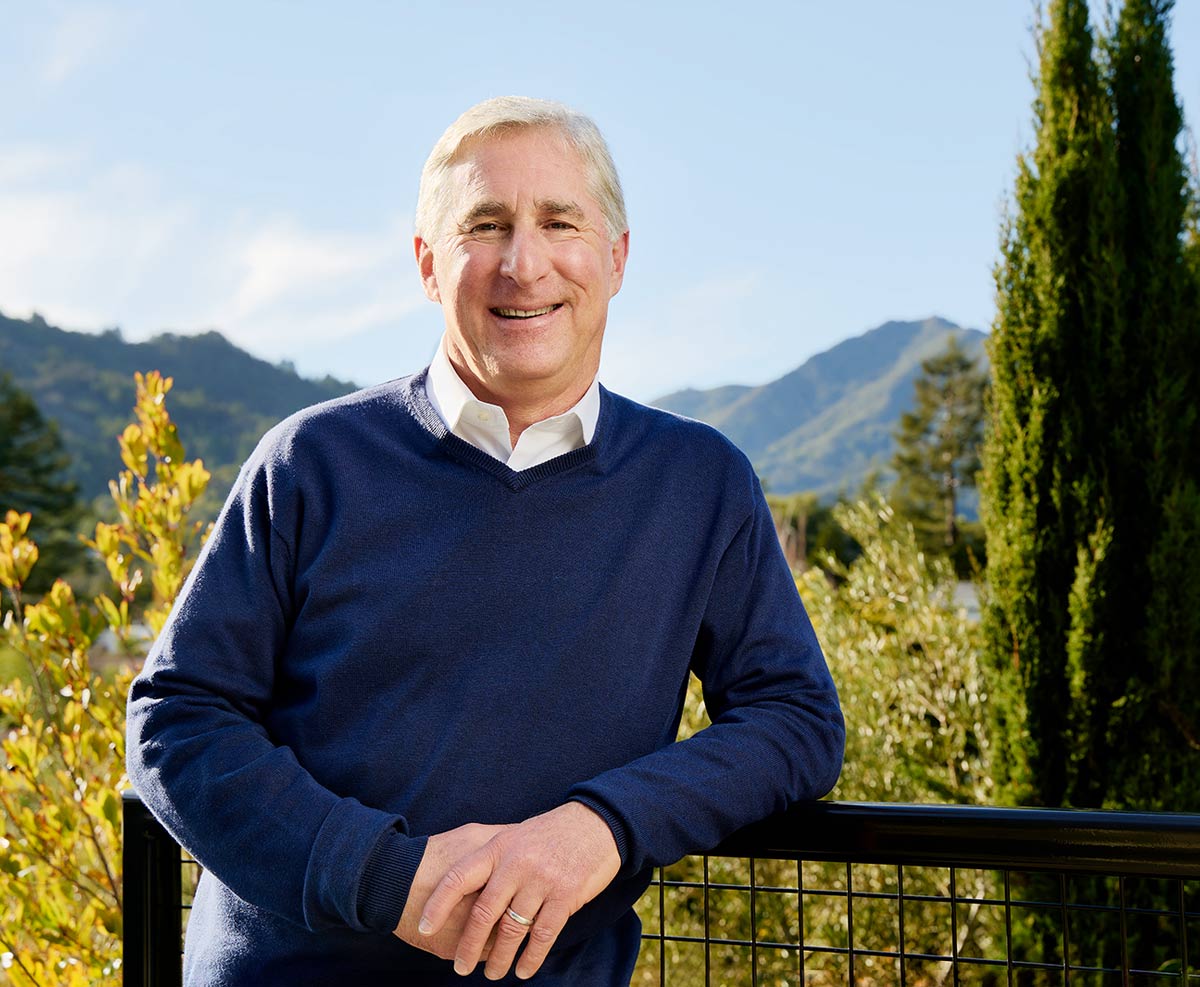
Protecting Patents, on Both Sides of the Courtroom
Sheila Swaroop arrived at Berkeley Law knowing she wanted to focus on intellectual property. What she didn’t know — but soon happily learned — was that the horizon-expanding edu-cation awaiting her would launch a remarkably versatile career.
The school’s top-ranked IP law program offered dozens of courses, valuable internships, and tantalizing networking opportunities. Collectively, they propelled Swaroop toward a unique and satisfying patent practice.
After externing at the U.S. District Court for the Central District of California during law school, Swaroop then clerked in the Northern District of California for a year after graduating. She joined Knobbe Martens in 2000 and has been there ever since, rising to partner as an IP litigator working at the district court level as well as at the International Trade Commission and the Patent Trial and Appeal Board.
Based in the firm’s Irvine office, Swaroop has carved out a nimble niche for herself: A thriving patent practice has her enforcing patents for her clients as well as defending against claims of pat-ent infringement.
“I have come to realize this is a unique position in the legal world, since most attorneys are usu-ally on one side or the other,” she says. “Doing both plaintiff-side and defense-side work has given me a better perspective on how to litigate cases.”
More than two decades into her career, Swaroop still sees skill-building as an ongoing process.
“I try to learn something new with every case I litigate, whether it’s a new technology or a new legal issue,” she says. “One of the aspects I enjoy most about patent law is that the law is con-stantly changing, and so is the technology, so there are always new opportunities to learn.”
That drive has led her into leadership roles, too. Swaroop is a founding member of the Howard T. Markey Intellectual Property Inn of Court, and was president of the South Asian Bar Association of Southern California. She has also served as a member of the Ninth Circuit Judicial Conference and a board member of the Association of Business Trial Lawyers’ Orange County chapter.
Swaroop has also been on nonprofit boards, where she says her lawyer’s analytical skills are deeply valued — another place where the net-working skills learned at Berkeley Law come in handy.
It’s just a sliver of what Swaroop says has stuck with her over the past 20 years.
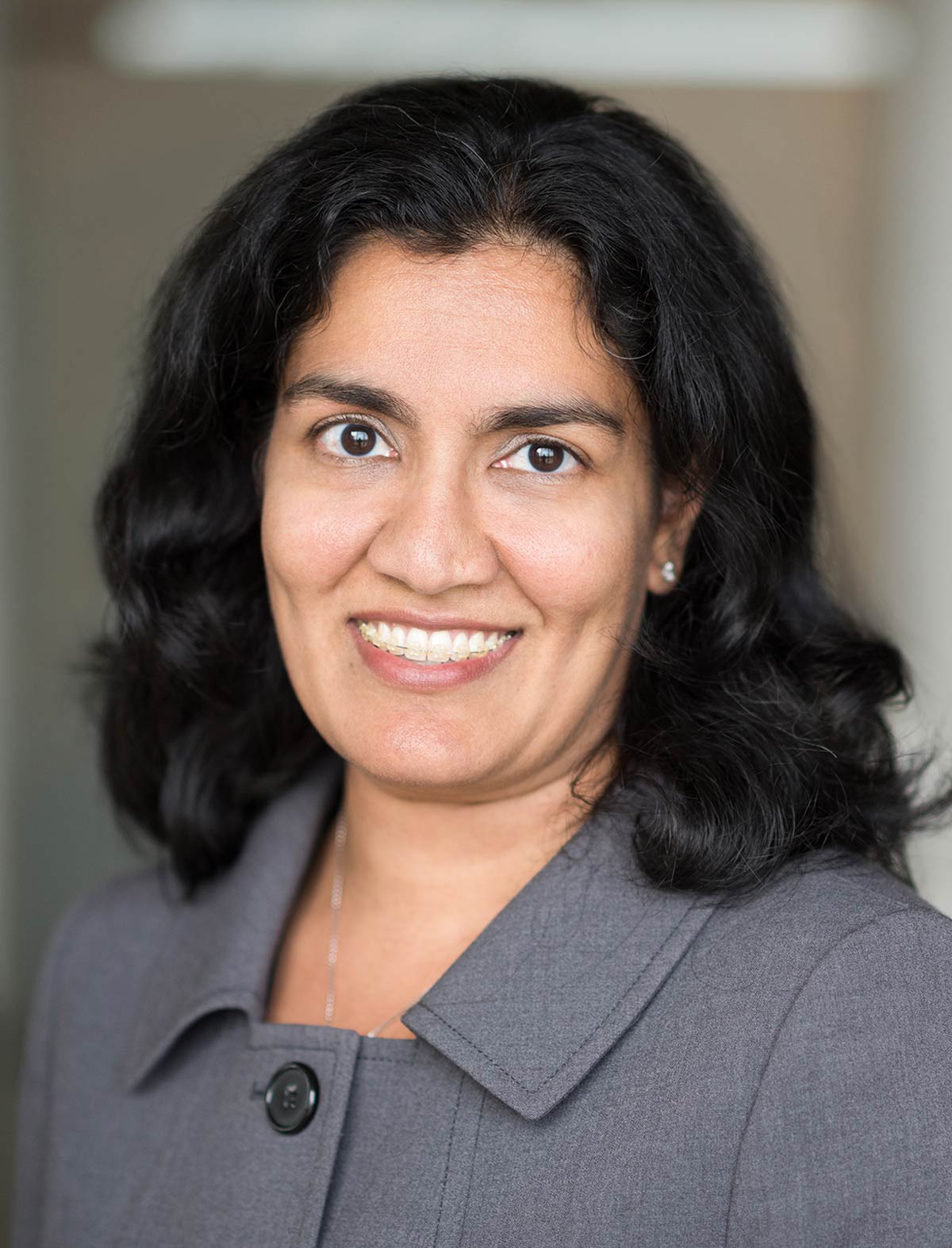
“Outside of the main curriculum, I attended many thought-provoking sessions on the practice of law that I still quote to my colleagues today,” she says. “I also really enjoyed being part of the larger Berkeley student community, through courses at the business school and making friends with graduate students all around the world whom I still stay in touch with now.” —Gwyneth K. Shaw
In Memoriam
Louis R. Baker ’38
Joseph L. Bellin ’51
Robert J. Pia ’53
Paul A. Peterson ’56
Cruz Reynoso ’58
Robert R. Burge ’59
Donald P. Whyte ’59
Draper P. Gregory ’60
John D. Hussey ’60
Anthony C. Joseph ’61
Walter M. Schey ’61
Benjamin R. Hippe ’62
Mark B. Pepys ’63
Judge E. Patricia
Herron, Ret. ’64
Roy F. Doolan ’65
Ramsay Fifield ’65
William J. Pannier III ’65
Gerald M. Franklin ’66
Robert N. Joehnck ’66
Paul H. McGilvra ’66
Robert E. Gyemant ’68
James O. Pearson ’69
James P. Watson ’69
David F. Boyle ’73
Padam H. Khanna ’73
Anthony G. Sousa ’73
Johnnie S. Harrison ’74
Guyla W. Ponomareff ’74
Rick Sherman ’74
Donald E. Schlotz ’74
Roy E. Boggs Jr. ’75
Paula S. Downey ’76
William J. Pannier III ’65
Gerald M. Franklin ’66
Robert N. Joehnck ’66
Paul H. McGilvra ’66
Robert E. Gyemant ’68
James O. Pearson ’69
James P. Watson ’69
David F. Boyle ’73
Padam H. Khanna ’73
Anthony G. Sousa ’73
Johnnie S. Harrison ’74
Guyla W. Ponomareff ’74
Rick Sherman ’74
Donald E. Schlotz ’74
Roy E. Boggs Jr. ’75
Paula S. Downey ’76
Elizabeth Harrison
Hadley ’81
Cynthia A. Astuto ’83
Michael Estrada ’86
John H. Knox ’87
Stephen Matchett ’87
Jacqueline A.
Hoeppner-Freitas ’88
Marquette K. Jones ’98
Dawn C. Van Tassel ’99
Heather M. Fox ’02
Sherwin L. Siy ’05
Thomas F. Cleary ’06
Gary L. Juskowiak II ’12
Nicholas E. Calcaterra ’20
Alvin H. Baum
S. Robert Freedman
Diane P. Glazer
Alfred E. Heller
William S. King
Barbara McCarthy
Barbara J. McClain
Robert L. Middlekauff
Kathleen J. Peterson
Joan R. Platt
Julianne Hagar Rumsey
Sharon Ruzumna
Marshall L. Small
Gladys J. Stephens
James S. Vera
Martin Wachs
Beverly Kasper Watterson
Elizabeth Harrison
Hadley ’81
Cynthia A. Astuto ’83
Michael Estrada ’86
John H. Knox ’87
Stephen Matchett ’87
Jacqueline A.
Hoeppner-Freitas ’88
Marquette K. Jones ’98
Dawn C. Van Tassel ’99
Heather M. Fox ’02
Sherwin L. Siy ’05
Thomas F. Cleary ’06
Gary L. Juskowiak II ’12
Nicholas E. Calcaterra ’20
Alvin H. Baum
S. Robert Freedman
Diane P. Glazer
Alfred E. Heller
William S. King
Barbara McCarthy
Barbara J. McClain
Robert L. Middlekauff
Kathleen J. Peterson
Joan R. Platt
Julianne Hagar Rumsey
Sharon Ruzumna
Marshall L. Small
Gladys J. Stephens
James S. Vera
Martin Wachs
Beverly Kasper Watterson
Builders of Berkeley Law
Judge E. Patricia Herron ’64
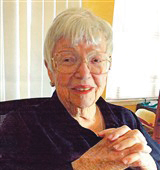
Richard M. Sherman ’74
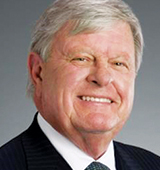
Werner F. Wolfen ’53
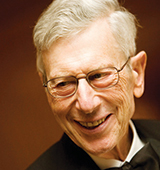
Wolfen and his wife Mimi were prominent philanthropists who donated to many law school areas for nearly 50 years. They include the International Human Rights Law Clinic Fund and Endowment, scholarship funds, and faculty chairs now occupied by Professors Frank Partnoy, Aaron Edlin, and Calvin Morrill. Wolfen and his family came to America in 1938 as refugees from Nazi Germany. He spent his entire career at Irell & Manella, where he focused on tax and entertainment law matters before retiring in 1999, and received Berkeley Law’s Citation Award in 2007.
Remembering Cruz Reynoso ’58
Reynoso was a heralded civil rights advocate whose work aided immigrants, farm workers, and the rural poor. He also relentlessly strived to help underrepresented students achieve a law career.
“Cruz Reynoso was a role model for all of us in how to use one’s career to advance social justice,” says Berkeley Law Dean Erwin Chemerinsky. “He accomplished so much and did so with such warmth and humility.”
The annual Cruz Reynoso Fellowship supports Latinx Berkeley Law students pursuing summer public interest internships and judicial externships. Before the annual fundraising gala, members of La Alianza (formerly the La Raza Law Students Association) would hold a luncheon with Reynoso.
“He reminded us to maintain our conviction, have courage, and center our communities,” says Maria Beltran ’19. “He was a trailblazer for us all.”
After starting his own practice, Reynoso joined an area chapter of the Community Service Organization — a Latinx civil rights group led by César Chávez. He was also associate general counsel of the Equal Employment Opportunities Commission and the first Latinx director of California Rural Legal Assistance, where he gained vital physical and environmental protections for farm workers.
After four years as a University of New Mexico law professor, Reynoso was named a California state appeals court judge in 1976. Five years later, Gov. Jerry Brown appointed him to the California Supreme Court, calling him “a man of outstanding intellect, superior judicial performance, high integrity, and rare personal qualities.”
Hailed for his detailed and conscientious approach, Reynoso wrote the court’s ruling that interpreters must be provided to non-English-speaking defendants at each phase of the criminal process. But in 1986, Reynoso, Rose Bird ’65, and Joseph Grodin were voted off the court after a well-funded recall movement alleged that they did not enforce the death penalty and were too lenient with criminals.
Reynoso then spent 11 years with the U.S. Commission on Civil Rights, became a UCLA Law professor in 1991, and joined the UC Davis Law faculty in 2001 — one year after receiving the Presidential Medal of Freedom.
An award-winning documentary about his life, “Cruz Reynoso: Sowing the Seeds of Justice,” was released in 2010. —Andrew Cohen
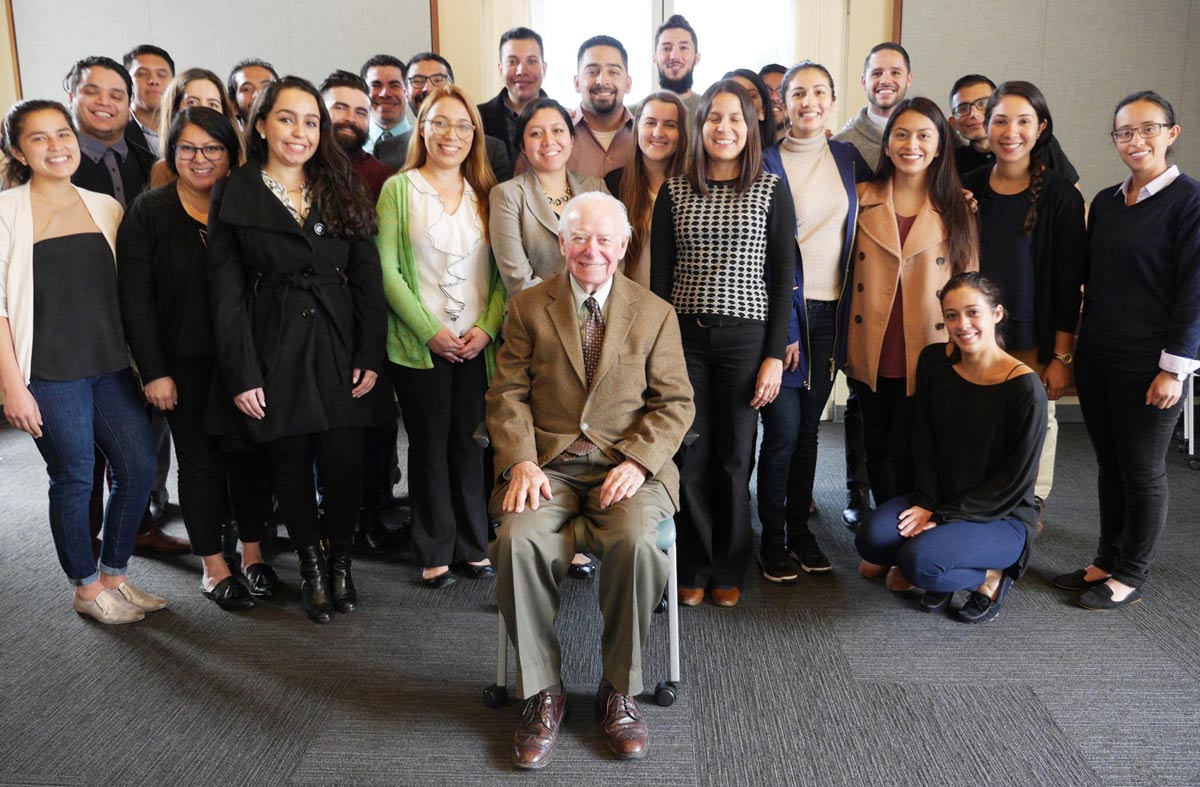
A Pulitzer-Winning Partnership
A Pulitzer Prize was nowhere on Abbie VanSickle’s radar when she started researching injuries caused by police dog bites. A journalist with the Marshall Project, a nonpartisan, nonprofit news organization focused on criminal justice issues, VanSickle was the lead reporter of a year-long joint investigation.
Granted, the revelatory findings in “Mauled: When Police Dogs Are Weapons” — that thousands of people get bitten every year in America, resulting in serious injuries and sometimes death — garnered ample attention. Still, seeing The New York Times and Wall Street Journal as the other two Pulitzer finalists hardly sparked overconfidence.
“I was humbled and honored — and stunned,” VanSickle says of receiving the prize, the highest honor for a United States–based journalist or organization. “Mauled” also won the White House Correspondents’ Association Katharine Graham Award for Courage and Accountability.
AL.com reporter Challen Stephens contacted the Marshall Project after noticing a troubling pattern of police dog violence in Alabama. They later joined IndyStar and the Invisible Institute, which were probing the issue in Indiana.
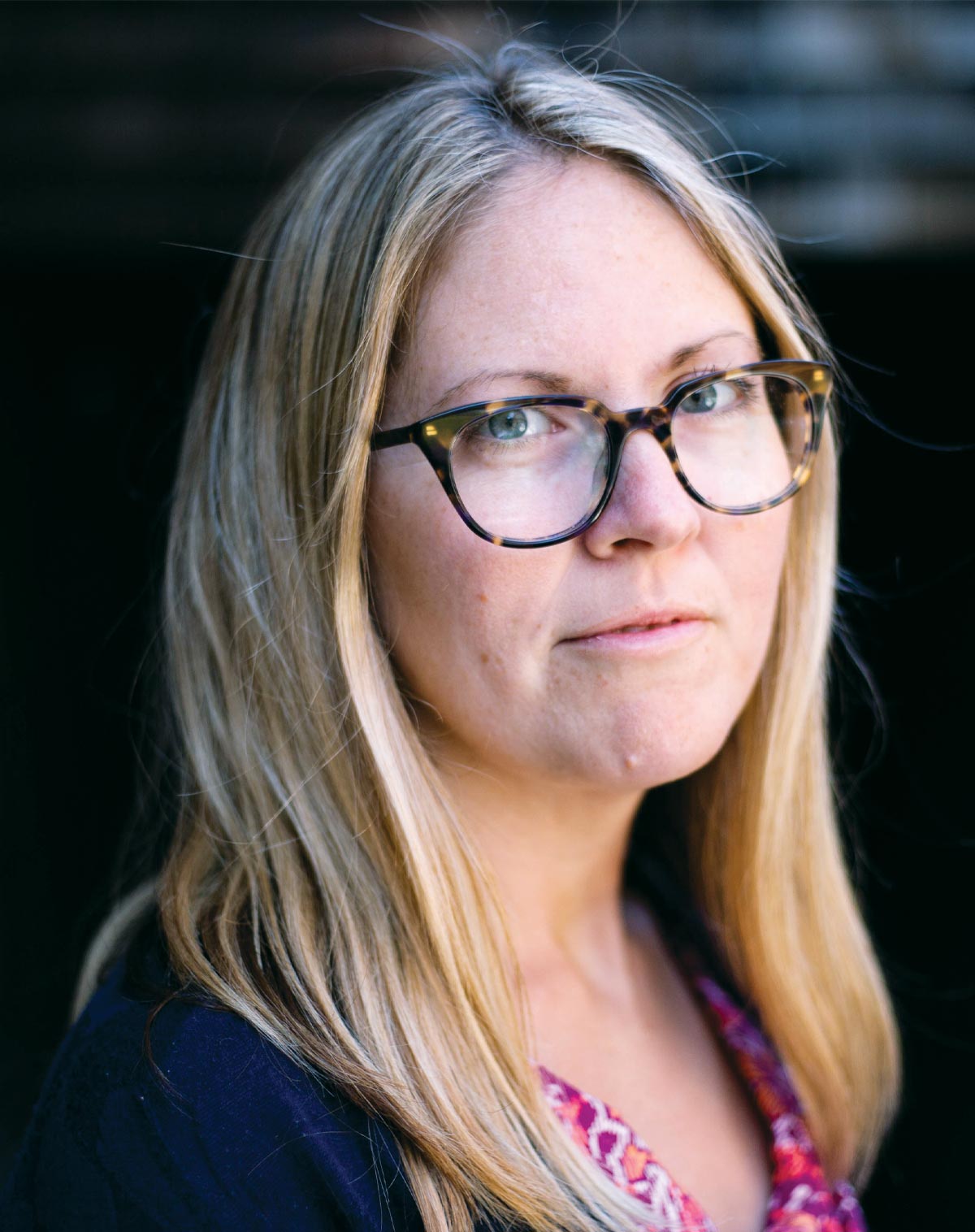
“Our investigation was a collaboration across four newsrooms,” VanSickle says. “We were better together, which really made me optimistic about the future of journalism. It’s a vital, rewarding profession and essential to our democracy.”
Relying on court records, they tracked bite cases and created a national database with over 150 severe incidents — sorting them by state, describing the attacks, and providing videos. They found that few victims were armed, most were suspected of nonviolent crimes, and some bystanders suffered bites.
“At a time when our country is focused on examining police use of force, I was surprised that there was no national regulation or tracking of how these dogs were trained and used,” says VanSickle, whose work has appeared in The New York Times, Washington Post, and Los Angeles Times.
“Mauled” sparked reforms in various police departments nationwide, and helped to trigger legislative action in Washington State and Massachusetts.
A UC Berkeley Journalism School lecturer, VanSickle previously worked at the university’s Investigative Reporting Program, the Center for Investigative Reporting, and the Tampa Bay Times.
At Berkeley Law, VanSickle was active in the school’s California Asylum Representation Clinic and its Death Penalty Clinic, which she says “helped my journalism career by giving me real-life experience in digging into the criminal justice system; the work I do now is similar in a lot of ways.”
“I came to Berkeley Law because I’d been covering criminal justice for several years as a reporter, but I didn’t have any formal training in the law,” she says. “Berkeley gave me that training and so much more.” —Andrew Cohen
classnotes@law.berkeley.edu
By Mail
University of California, Berkeley School of Law
Development & Alumni Relations
224 Law Building
Berkeley, CA 94720-7200